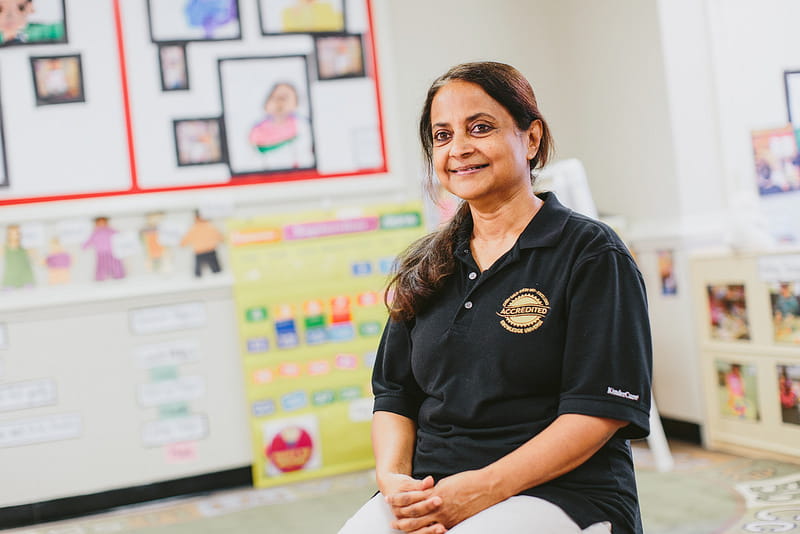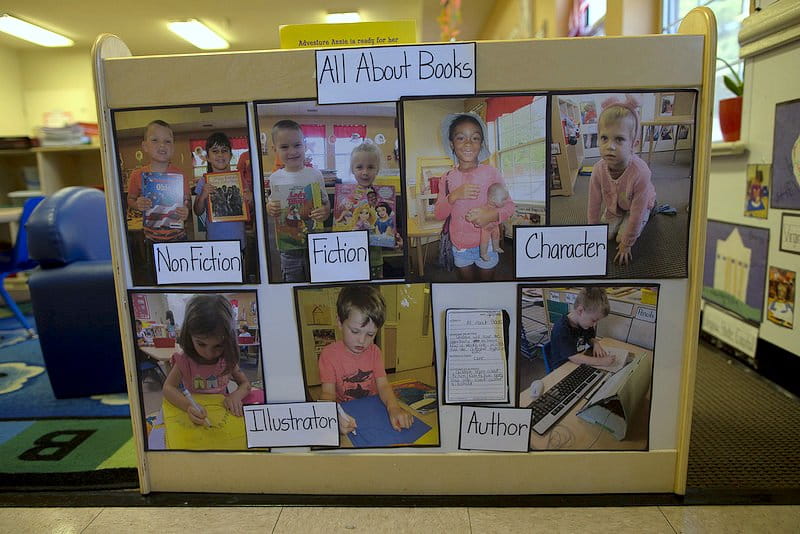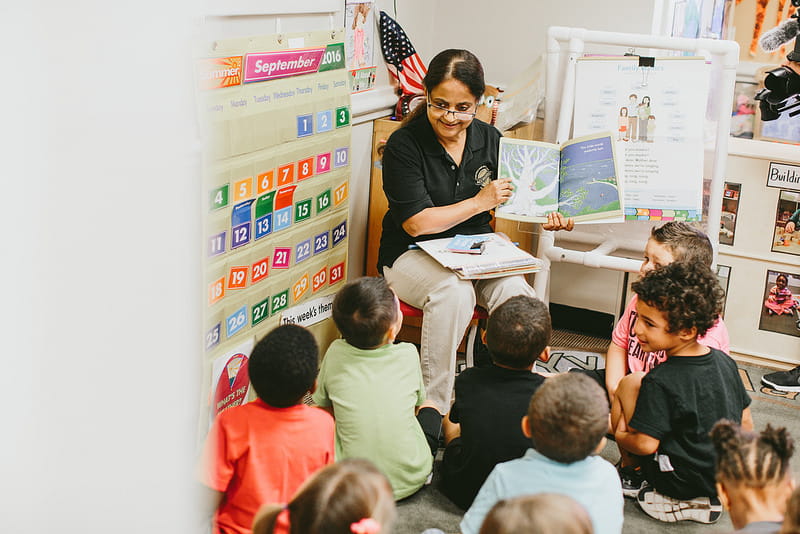Read Up! 7 Creative Ideas to Inspire a Love of Books

We all know the power of cuddling up and reading a book together, but research suggests that teaching children to read is about much more than repetition and memorization. That’s why Dee Dee Chowdhury goes way beyond story time to turn the four-year-olds in her classroom into book lovers.
“Stories teach children to listen, to imagine, to speak, and to write. Stories can help kids learn empathy and respect differences. There is no end to what we can learn from a book,” says this award-winning educator.
Ready to take your book learning to a new level? Hear from this master teacher—who also holds a master’s degree in English—are seven incredible ways to really make reading come alive.
1. Become a (Google) translator.
Chowdhury speaks four languages (English, her native Bangla, Hindi, and Urdu) and she believes that simply learning to say “hello” in other languages teaches children respect for others. You can incorporate foreign languages into your child’s learning, even if you don’t speak one. Here’s how: Grab your little one’s current favorite book, crack open Google Translate, and discover how to say some key words—like fire truck, wheel, dog, or red—in Spanish, Japanese, or whatever you please. You’ll be amazed at how quickly your little learner can pick it up!2. Make a 3-D book.
Use an empty cereal box to make a replica of your child’s favorite book. Have your child draw her own cover illustration on a sheet of paper—a sweet rendering of Bear Snores On, perhaps—and glue it to the front of the cereal box (it’ll look like a closed book standing on end). Read the real book together and ask, Who wrote it? Add the author’s name and the illustrator’s name (if there is one) to the front cover. “The author does all the thinking and all the writing. It’s a very interesting job and it’s important for children to know that,” says Chowdhury.

3. Write your own story.
4. Have a poetry slam.
5. Create a book theater.
6. Grab some books on tape.
7. Read all about it in The Family Post.

With all of these creative ideas, does Chowdhury ever just sit down with her class and, you know, read a book? “Oh yes,” she says. “I use traditional story time for transitions, to calm kids before nap time, or gather them for lunch.”




.jpg?la=en&h=800&w=1200&hash=799F5BD6E84A71FB0D1C8E657FE7F226)
